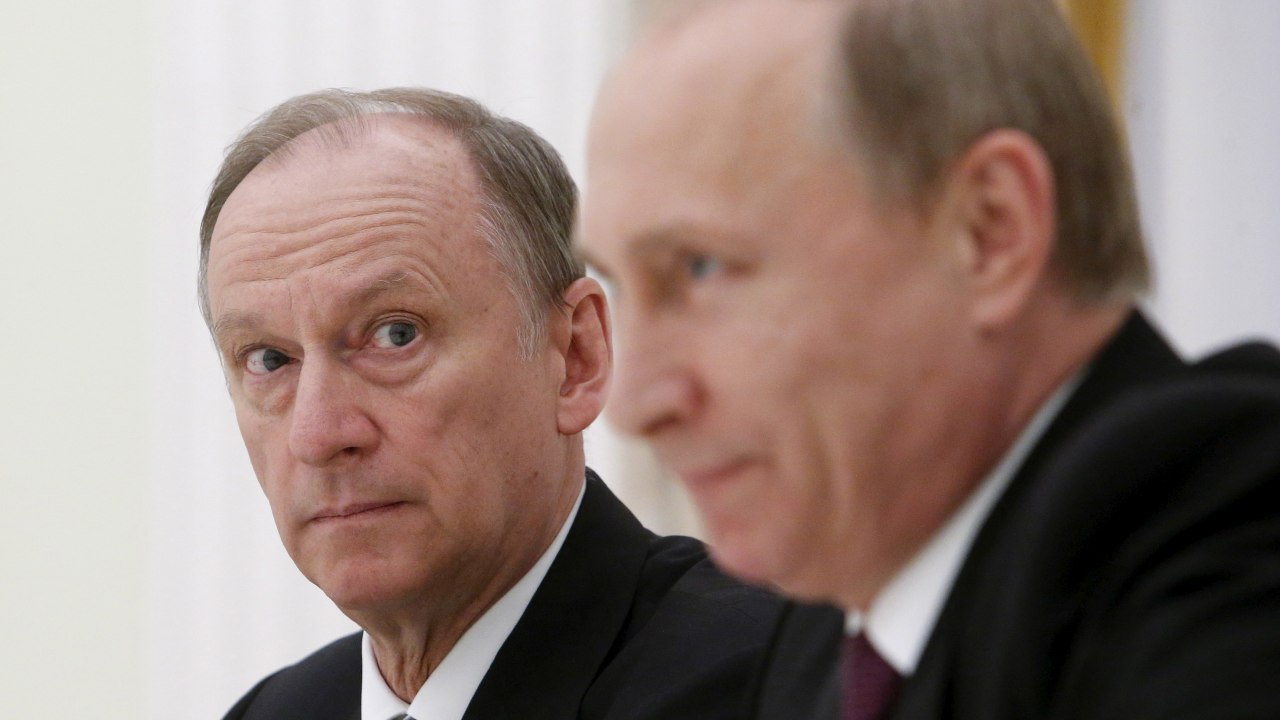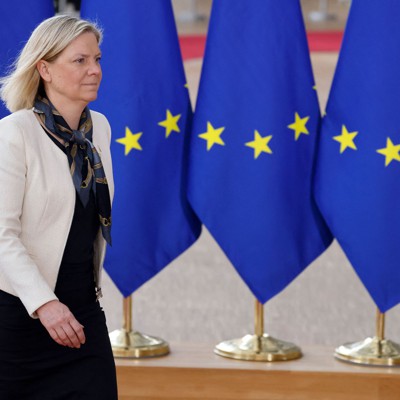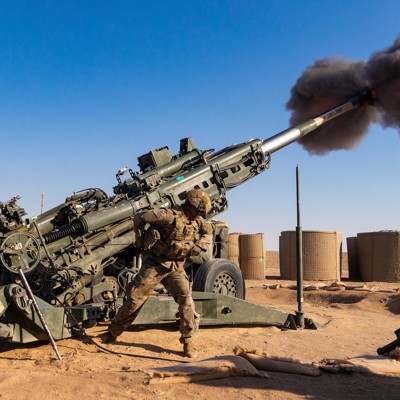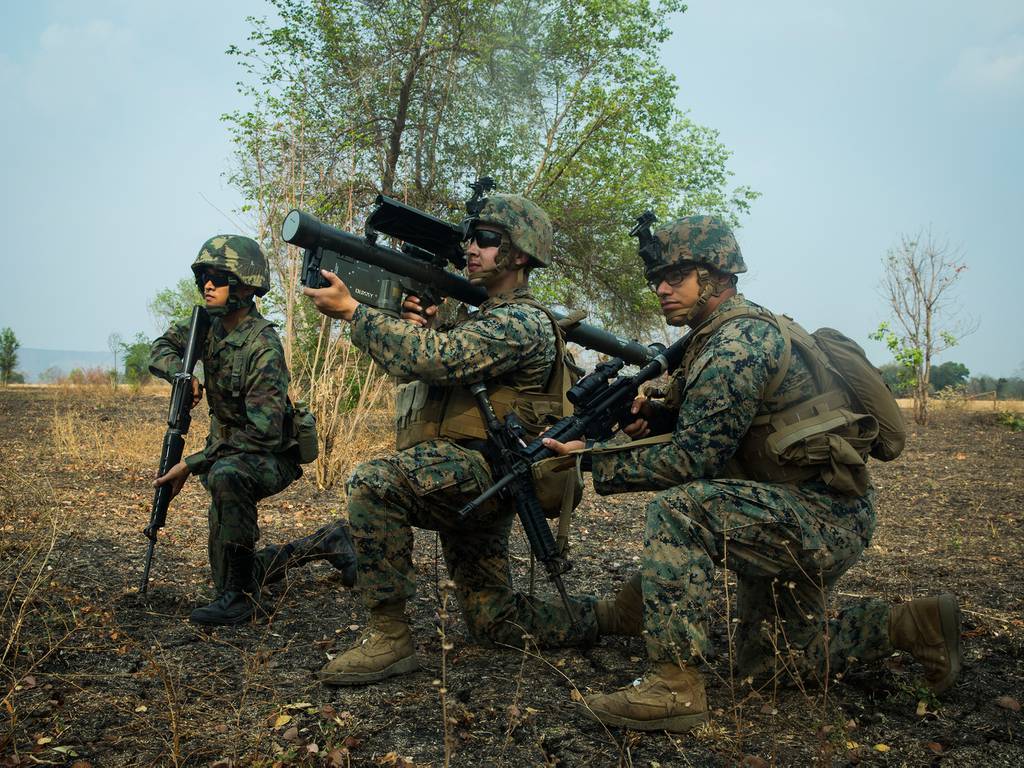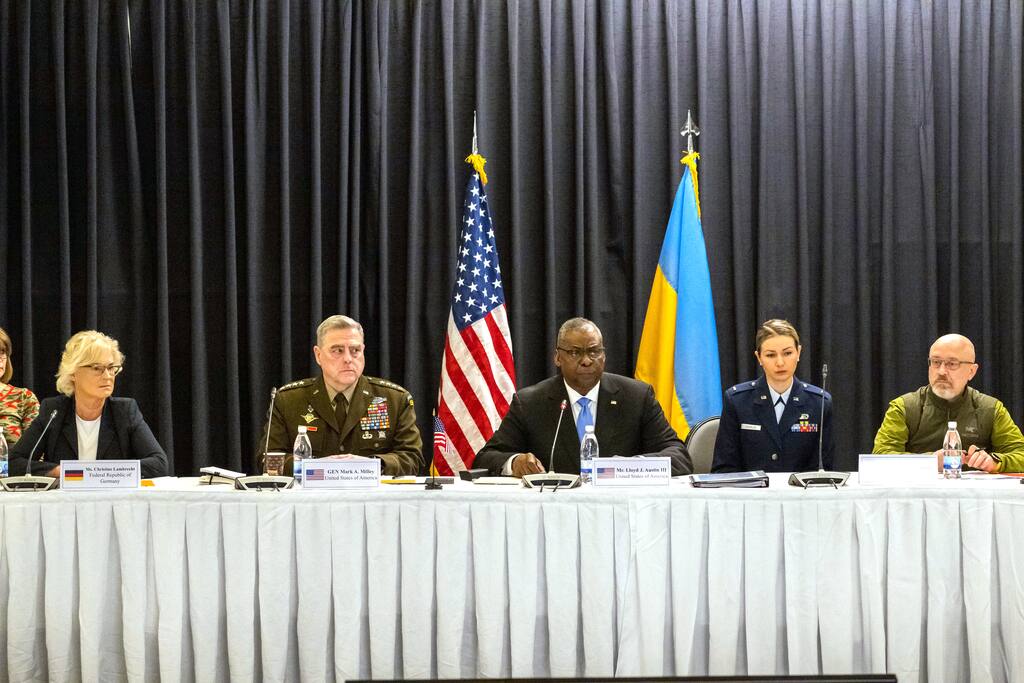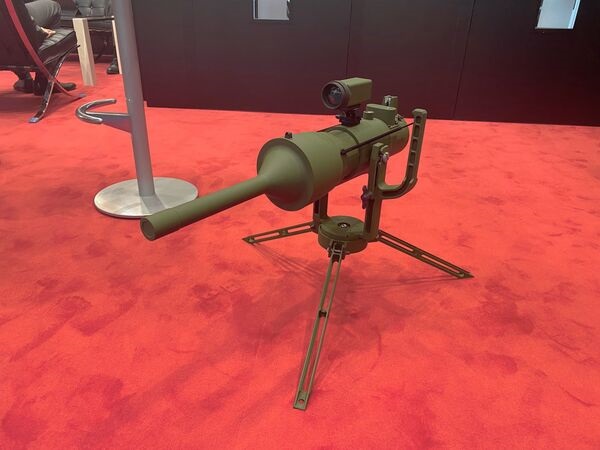“Artillery is a specific item that the Ukrainians asked for because of the fighting that they expect is going to occur in the Donbas,” Pentagon spokesman John Kirby told reporters
April 18. “The terrain lends itself to the use of artillery, to long-range fires, as we call it. And we know that the Russians also believe the same thing, because we're seeing them move artillery units into the Donbas as well. And so we want to give the Ukrainians every bit of advantage that we can.”
The need—if not the exact circumstances—has been
foreseen for several years by senior U.S. military and defense leaders, who said the Pentagon itself would need more artillery to deter Russian and China. The Army has called new artillery a priority since 2017. But U.S. service leaders have since argued over who should get the mission, and the money.
One year ago, a top Air Force general
argued that the job and the funds should belong to his service. “I just think it’s a stupid idea to go and invest that kind of money that recreates something that the [Air Force] has mastered and that we’re doing already right now,” said Gen. Timothy Ray of Global Strike Command.
Some scholars agreed,
arguing that the
Army was wrong to request so much new surface-to-surface weaponry. Then-Vice Chairman of the Joint Chiefs Gen. John Hyten, an Air Force general himself, weighed in to say that it was important that all service branches had the coveted capability.
The Air Force’s argument, however, appears to have left out at least one consideration: the defensive needs of U.S. allies and partners. Now the United States is sending two military assistance security packages that include 90 155mm M777 howitzers from the Army and Marine Corps, and thousands of rounds of munitions for Ukrainians to fight Russian forces. President Joe Biden is not sending the U.S. Air Force.
Here’s a look at why these artillery pieces are a top request by Ukraine and how they are used on the battlefield.

www.republicworld.com


